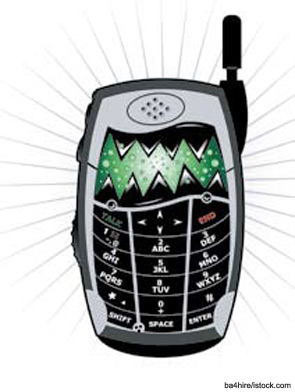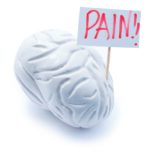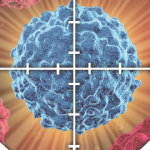
COULD CELL PHONES CAUSE CANCER HEART DISEASE, OR EVEN ARTHRITIS?*
Aren’t you worried about this?! Don’t you lose sleep over this?! Do you even understand the literature?
The reports on a link between cell phones and cancer or other diseases is clear confusing to me, so I attempted to meticulously critique review the entire world selected literature on this topic and get to the truth. I began by discarding the articles from sources like Popular Mechanics and, somewhat reluctantly, The National Enquirer (there was a diet there I wanted to read about and some pictures I wanted to look at …). That left me with the fascinating piece and accompanying editorial in JAMA not too long ago, an intellectually stimulating distillation and exposition from the effete scientifically authoritative New York Times Sunday Magazine, and a couple of other related recent articles.1-3 And then, to be sure I got it right, I checked the Rheumatology Morning Wire, the Journal of Irreproducible Results World Health Organization, the book “I Was Abducted by Aliens”, and the American Cancer Society website.
I guess this is the place for modest disclaimers. I hate, er, dislike, er, am not of those who believe in, er, don’t really have a cell phone. Now that I’m no longer a program director, division chief, or department chair, and have a very limited consultative practice, there are few, if any, true emergencies or urgencies. I am almost always near phones and computers and can be reached (except when I run). In fact, I bought a cell phone as we departed New Jersey for California, thinking it might be necessary during our cross-country trip (it wasn’t) and then during my driving on Los Angeles freeways (it still wasn’t). It seemed to have gotten misplaced. Maybe one of my grandchildren has it; actually I think the dogs ate it.

Ringing in the Truth
So, let me tell you what I learned. For free. The Cell Phone Diet works by (Sorry, my references seem to be getting mixed up here.) Do you know how many mobile phones there are? This year, there are 5.3 billion (77% of the world’s population). Even 60% of rural Africans have mobile phones now. Laid end-to-end, they might eradicate malaria It was estimated that last year, 91% of Americans used cell phones, accounting for 1.12 trillion minutes and 5 billion text messages per day. Yes, I know how valuable SmartPhones have become in patient care; I purchased them for my faculty at Saint Barnabas, insisted that our hospitalists have and use them, and encouraged my residents and voluntary staff to use them (I wasn’t able to buy them for everybody). Indeed ,there’s an interesting editorial about some aspects of this.4 Cell phones are ubiquitous. They have clearly transformed communications, social relationships and interactions, perhaps societies, and certainly medicine and patient care.

